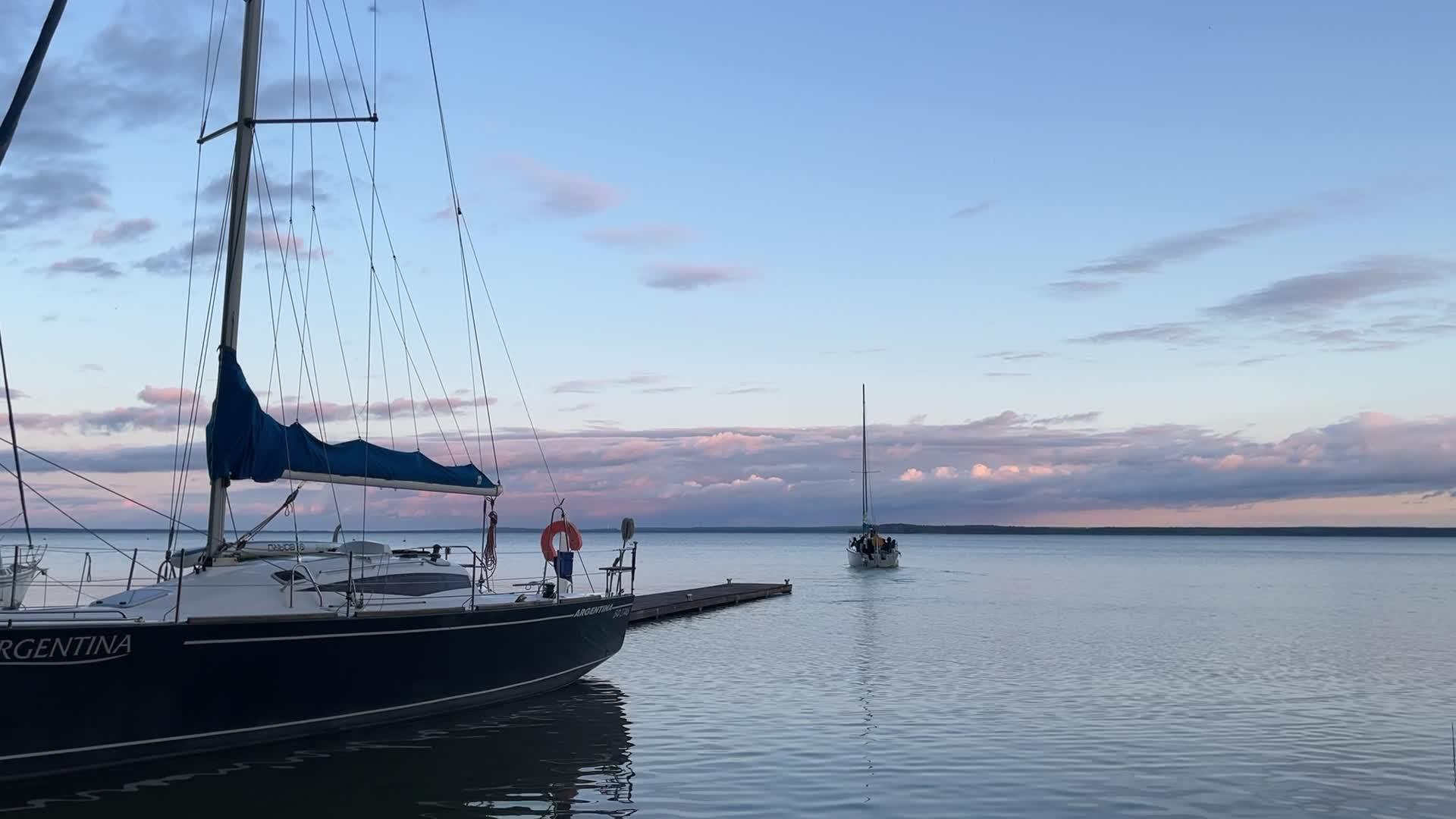
Découvrir la Chasse en HAUTE-SAVOIE: Faune régionale, démographie locale, traditions séculaires et associations cynégétiques La Haute-Savoie, située dans le sud-est de la France, est une région qui attire les amateurs de plein air et, en particulier, les passionnés de chasse. Avec ses paysages variés, son riche patrimoine naturel et sa faune abondante, ce département offre des opportunités uniques pour pratiquer cet art ancestral. Dans cet article, nous explorerons les aspects géographiques, réglementaires, culturels et pratiques de la chasse en Haute-Savoie. Géographie et Caractéristiques Naturelles Favorables à la Chasse La Haute-Savoie est un territoire montagneux dominé par les Alpes françaises, avec des sommets emblématiques comme le Mont Blanc, le plus haut d'Europe. Les principales caractéristiques naturelles incluent: - Forêts mixtes: Les forêts de conifères et feuillus couvrent une grande partie du département, offrant des refuges idéaux pour les grands gibiers tels que l
Post: 27 June 15:06
















































